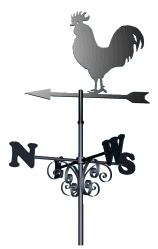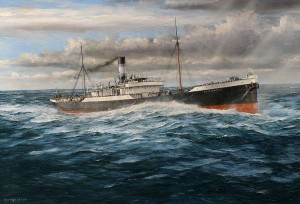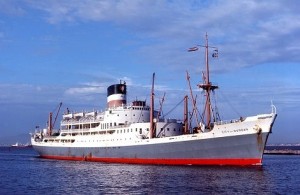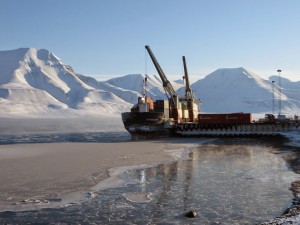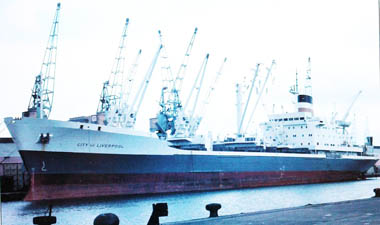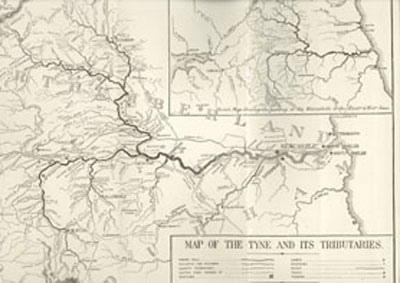Time limit: 0
Quiz-summary
0 of 5 questions completed
Questions:
- 1
- 2
- 3
- 4
- 5
Information
You have already completed the quiz before. Hence you can not start it again.
Quiz is loading...
You must sign in or sign up to start the quiz.
You have to finish following quiz, to start this quiz:
Results
0 of 5 questions answered correctly
Your time:
Time has elapsed
You have reached 0 of 0 points, (0)
Categories
- Not categorized 0%
- 1
- 2
- 3
- 4
- 5
- Answered
- Review
-
Question 1 of 5
1. Question
-
Town Hall, Westoe Road
-
Opposite Fair Ground - roller skate park
-
Police Station Millbank, Station Road
Correct
Incorrect
-
-
Question 2 of 5
2. Question
-
St. Simon's Church, Wenlock Road
-
Wouldhave Monument, Ocean Road
-
Old Town Hall in the Market Place
Correct
Incorrect
-
-
Question 3 of 5
3. Question
Correct
Incorrect
-
Question 4 of 5
4. Question
-
Manor House, Westoe Village
-
Essy's Italian Restaurant (Pier Watchman's Office)
-
Mariners' Cottages
Correct
Incorrect
-
-
Question 5 of 5
5. Question
Correct
Incorrect
